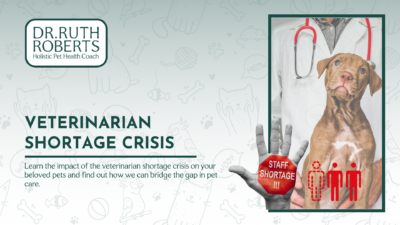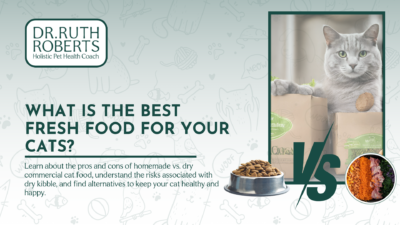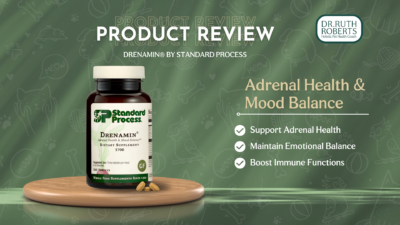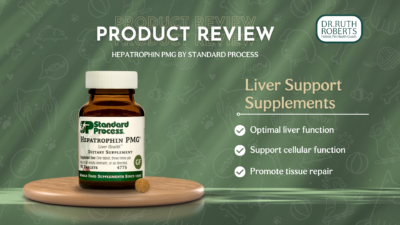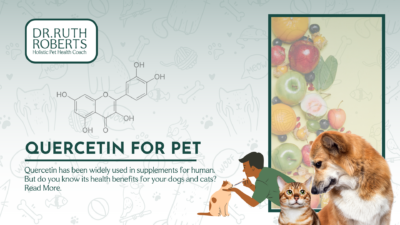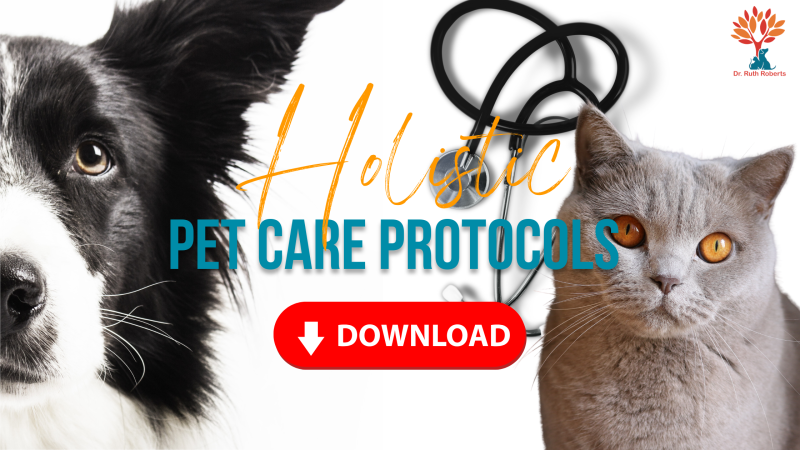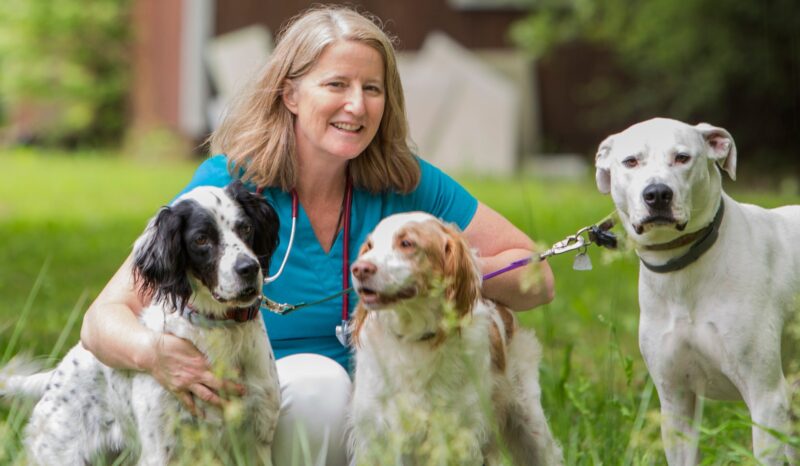What You Need to Know About Dogs and Carsickness
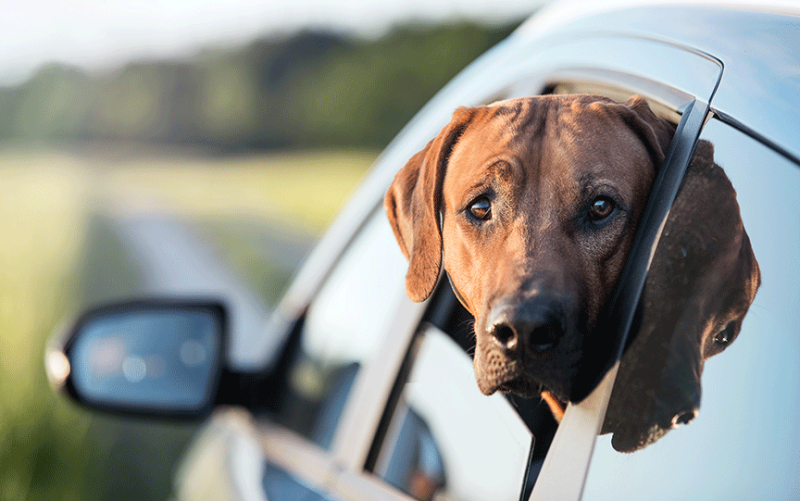
Dogs are just like us: they get carsick, too. While it may not seem like the most natural thing, there are ways to help your dog feel better during car rides. Here’s everything you need to know about dogs and car sickness—from what causes it in the first place to how you can help your pup enjoy the ride.
How can you tell if a dog is getting carsick?
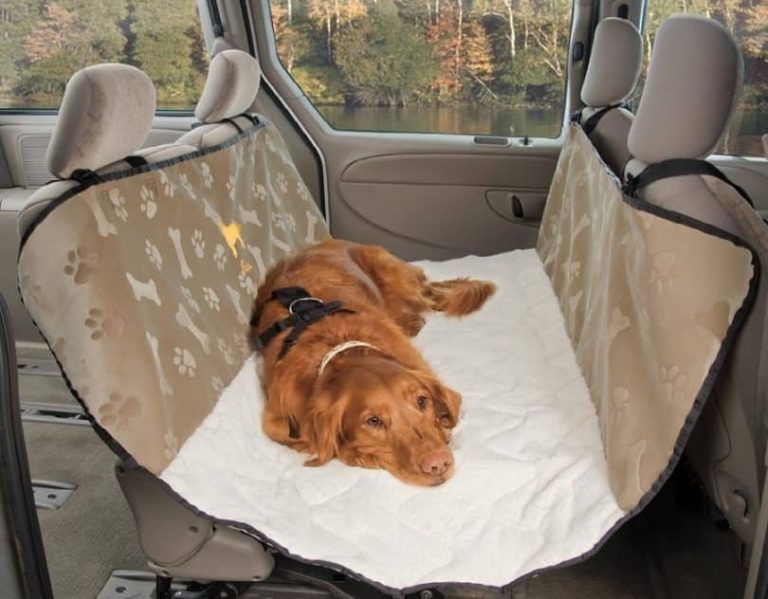
Dogs can’t tell you, “I’m carsick.” They will, however, give you signs that they’re not feeling well. If you know what these are and are able to recognize them early on—before the symptoms become severe—you’ll have a chance to help your dog feel better before they get out of hand.
Some of the most common symptoms include:
- Watery eyes
- Vomiting (with or without diarrhea)
- Headaches or lethargy/fatigue
If one or more of these happen when your dog is riding in the car with you and it’s not normal for them (like if it’s never happened before), then there’s probably something going on in their stomachs that needs attention right away!
What Causes Carsickness in Dogs?
Dogs typically experience motion sickness for one of two reasons: psychological or physical. And occasionally, the former can lead to the latter.
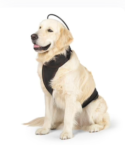
Similar to how motion sickness affects people, balance is a factor in motion sickness in dogs. Similar to how it most frequently affects young children, it is most frequently seen in puppies. This is due to the incomplete development of the inner ear’s balance-related components. Of course, some dogs never get over their motion sickness, just like some humans do.


Dogs might experience anxiety associated to driving. For instance, if your dog had nausea and vomiting during her first few car rides, she might begin to associate driving with getting sick. Another possibility is that a dog can identify being in the automobile with unpleasant or upsetting experiences, such as going to the vet or being removed from her litter. It can attribute her discomfort and worry on the car.

Check it! | Calm Your Pet Support Supplements & Device
What can you do for a dog with car sickness?
There are a few ways you can help your dog feel more comfortable in the car.
1. Move them to the back seat, away from drafts.
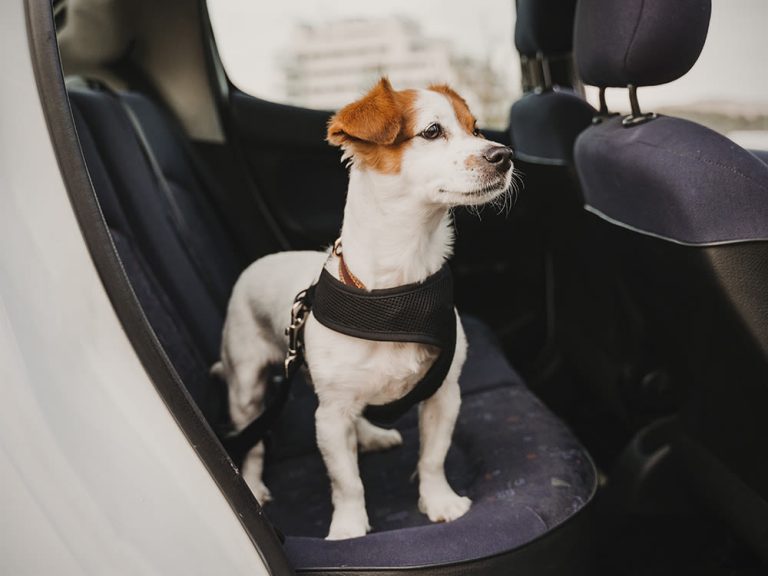
Air conditioning can cause dogs to get carsick as well, so keeping windows open will help keep them cool without causing discomfort. You should also stop every 30 minutes or so and let your dog walk around or go outside for some fresh air.
2. Make changes to what your dog sees.

Anyone would feel queasy while watching the world pass by quickly via a side window. So that he will be more likely to look forward, put your dog in the middle of the back seats. To keep him secure, use a doggie seatbelt or safety harness. Some dog owners want to restrict their dog’s field of vision by employing a solid-sided kennel.
3. Reduce the car's windows.

The pressure within and outside will be equalized by even a few inches of fresh air, and this can help lessen nausea. It also helps to keep the automobile cool and well-ventilated.
4. Prior to a trip, limit your dog's food intake.
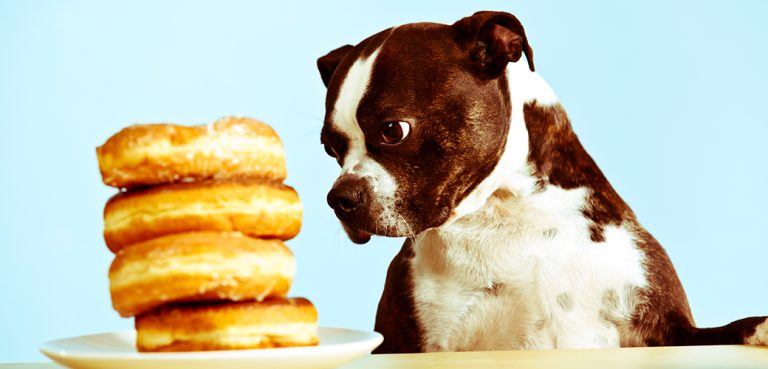
Avoid eating big meals for 12 hours prior to the automobile drive, if at all possible. But, you can give them healthy treats to at least keep their tails wagging.
How long does car sickness last in dogs?
The duration of car sickness depends on the dog’s age and how often they are exposed to car travel. Dogs that are frequently exposed to car travel may experience less severe symptoms. But it’s important to understand that it’s not just the motion of riding in a vehicle that causes dogs to feel sick—it can be all the smells and sounds, too. So if you have a dog with sensitivities, try dousing yourself in perfume before getting into your car—and then try not being so fragrant when you get out!
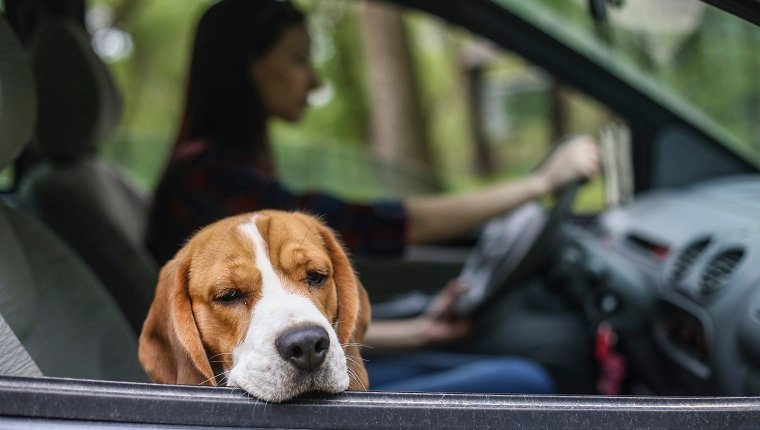
Is it normal for dogs to throw up in the car?
For a long time, scientists believed that dogs were immune to motion sickness. But now we know that this isn’t true. Dogs can get carsick, just like humans do—and like humans, they’re more likely to experience it than other animals.
Dogs have similar anatomy and digestive processes as humans, so it makes sense that they experience similar symptoms of nausea or vomiting when traveling in the car or on an airplane. The major difference between your dog and you is their way of processing information about their surroundings. Unlike us, dogs rely heavily on smell when they’re learning about something new; this means that smells in the car can trigger nausea even if you don’t notice them yourself!
What can I give my dog for carsickness?
If your dog is prone to car sickness, it’s important that you take steps to prevent it from happening. Here are a few tips:
1. Snacks

Ensure they get snacks during the trip, so they don’t become dehydrated or malnourished while traveling in the car (especially true of dogs with short muzzles). You can make healthy treats in the comfort of your home. Try these homemade peanut butter dog treats – simply mix, roll, and cut. Easy peasy, and you can make it so much healthier by adding their powdered supplement as the secret recipe.
If you’re going somewhere long-distance with your pet in tow, consider giving them a little something extra such as peanut butter or cheese (but not too much—you don’t want them getting bloated).
2. Water

Be sure to keep plenty of water on hand at all times so they have something to drink if needed. Keep water handy for them throughout their travels — be sure not to give them too much at once! It can lead to excessive bathroom breaks outside your vehicle and additional stress for both parties involved (though we love dogs and all). Bathroom breaks are necessary because they will teach them the flexibility to use the restroom on a variety of surfaces, such as concrete, mulch, and gravel, which will reduce their pain and the risk of accidents when driving or otherwise.
3. Bring anything that makes your dog feel at home, such a beloved toy, a cozy blanket, or even an old t-shirt.

Purchase a unique toy that will only be given to the dog while driving. Help your pet link fun with automobile travel. Consider giving your pet a chew toy or distraction from motion sickness during the trip. In that way, neither party has an unpleasant experience because of one other’s health concerns; yours being motion sickness, and theirs having no idea what’s happening around them.
4. And finally, don't drive too fast

—a steady pace is best for keeping everyone stable and happy!
Working on your Dog's Motion Sickness and Car Anxiety

- Start with putting the pup in the car with you for a few minutes a day. Don’t turn on the car or drive anywhere, just sit quietly, giving praise and gently petting.
- After a few days sitting in the car, try starting the car and letting it run for a few minutes with her in it. Bring a toy and play with her. Make it a happy time. Then shut off the car and exit. Do this for a few days until she shows enthusiasm for going to the car. The trick here is to progress slowly after she shows no sign of sickness.
- The next step is to drive up and down the driveway or road in front of your house once then stop and exit. Slowly increase the amount of travel until you can take short trips to somewhere that your dog likes, maybe a park or to visit a playmate. If she gets sick, take a step or two back in the process until she builds up tolerance to the car.
- If there are slip-ups or lapses, stay calm. Your dog may show signs of anxiety, such as whining, drooling, licking her lips, or even vomiting. Yelling at her or making a big deal out of it will only amplify her stress. Keep cool and try again tomorrow.
The most important thing to remember is that your pet’s safety should always be your top priority. If you notice any signs of distress while traveling in a vehicle with your four-legged friend, pull over immediately so they can get some fresh air!

